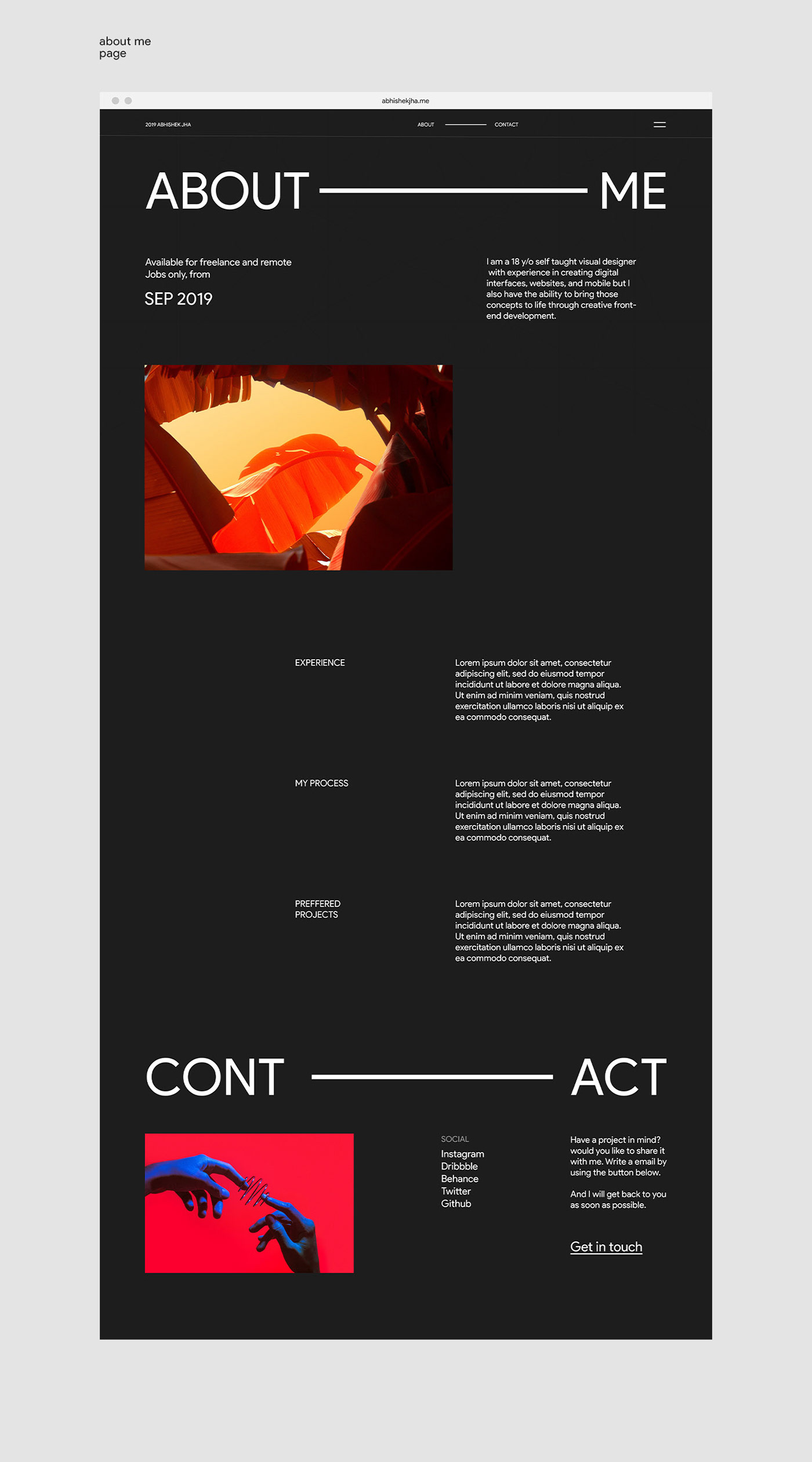

These digital wireframes allowed me to do additional testing and to give Taskly’s design a more solid look. Once I had implemented the feedback I got from user testing into the paper wireframes, I then created digital wireframes using UXPin. In addition, the paper wireframes allowed me to do a quick round of user testing with potential users in order to test out any design assumptions I might have made during the wireframing process. By using pen and paper instead of digital tools, I was able to iterate quickly, make mistakes, and create different designs without having to commit to any one specific design. In order to save time, I then created multiple wireframes for Taskly using good old pen and paper. This in turn informed the navigational structure or site map of the app.

Next, I executed 4 card sorting exercises with potential Taskly users in order to uncover and clarify the mental models and categories that are most intuitive to them. Using all of the information I gathered through interviews, I then created 3 user personas that would become my North Star when designing Taskly. This in turn helps me create designs that follow the mental frameworks that are most intuitive to users. Task Models allow me to break down a task to its smallest and most basic steps. I then complemented the Customer Experience Map with a Task Model. My goal was to make sense of the insights and information gathered as a timeline of events that a user goes through when they work through their tasks. Next, I created a Customer Experience Map to organize all of the insights I gathered from interviewing users. Ultimately, I wanted to understand how people work through their tasks and to-do lists on a daily basis so that I could create a user experience that both followed upon and improved the mental model. In order to avoid making assumptions which could negatively impact Taskly’s design, I followed up with user interviews with the goal in mind of uncovering needs, motivations and mental models. The task management application space is a crowded one, therefore, in order to find areas of opportunity to differentiate Taskly from current task management apps, I did a competitive analysis of 3 task management apps available in the Apple store. *A more detailed version of this post can be found over in my Behance portfolio. This was a capstone project for my UX Certification with Career Foundry so there were no other collaborators.

My role was to design the User Experience. RESULTS: Based on the user personas and customer journey map, recommendations could be made on design, marketing, and customer service touchpoints.Taskly is a task management app that helps Millennial professionals take control of their busy lifestyle by providing an intuitive and easy to use way to keep track of their tasks. IMPLEMENTATION: I developed a site map to determine the content organization and sketched out low fidelity wireframes to think through the user flow before developing a prototype for user testing. To better track pain points in the process, I created empathy icons and incorporated those as visual markers on the map. For a deeper dive into the customer’s decision-making, I interviewed survey participants and co-created a representative customer journey map that charted the phases, actions, thoughts, and feelings throughout the process. CHALLENGE: To better understand what creative professionals are looking for and/or lacking in project management applications.ĭISCOVERY: I developed survey questions and recruited creative professionals through Linkedin referrals to create user personas that summarized potential customer demographics, motivations, and obstacles to using project management applications.


 0 kommentar(er)
0 kommentar(er)
